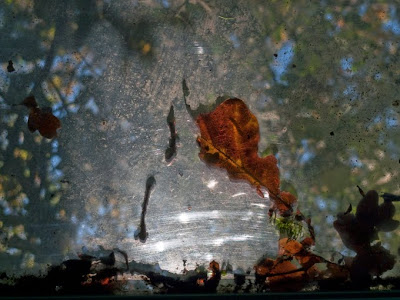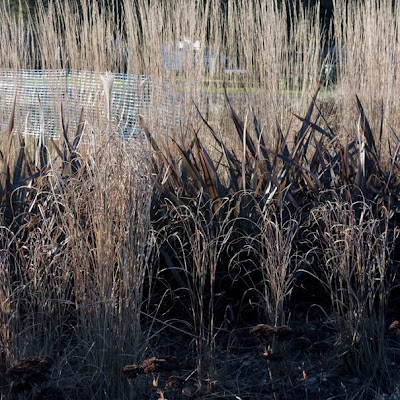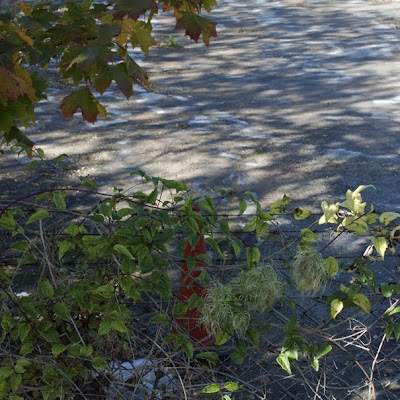
This is one of my favourite pictures. It stands, framed, on my bedside cabinet, alongside a couple of family photos and a heap of bedside books. That's how favourite it is. It's a watercolour sketch by Johann Tischbein of the young Goethe, looking down onto the street from a window of what is now known as the Casa di Goethe, in Rome. Tischbein and Goethe were room-mates in this very chamber, on their Italian adventure in 1786.
Tischbein's other portrait of Goethe, "Goethe in an Idiotic Hat in the Campagna", is very famous, of course, but this one is far superior. I love everything about it. I love the contrast of interior and exterior. I love the simple colour washes of Prussian blue and terra cotta. But, in particular, I love its informality, the unself-conscious crook of one leg playing with a slipper, the untucked shirt, and above all that sense of the young genius craning out of the window to watch the sunlit street life below, putting together in his head the legacy of his classical learning with the reality of Rome. It's the ultimate holiday snap.
Although the focus is on that sunlit head and the hunched shoulders, there's also an innocent, mildly homo-erotic quality that shines through so limpidly that's it's easy to miss. My daughter, aged six, spotted it straight away, though: "Daddy, that lady's showing her bottom!" That hint of a smile in Goethe's breeches does put one in mind of the lines in Rilke's poem "Archaic Torso of Apollo" (also, as it happens, about the afterlife of the classical legacy -- see my post "You Must Change Your Life"):
... Sonst könnte nicht der BugBut this is not a picture of sexual desire, though it is a picture of one of the oldest love stories: North meets South. It is a picture of loving admiration and friendship, and of the sheer happiness of being young, talented, and away from home, with a whole lifetime of achievement ahead. Yes, I realise Goethe was 37 in 1786, but I was 17 when I first saw this picture in 1971, and therefore so was Goethe, as far as I was concerned. I wanted, more than anything, to be the young man in that picture.
der Brust dich blenden, und im leisen Drehen
der Lenden könnte nicht ein Lächeln gehen
zu jener Mitte, die die Zeugung trug.
(Literally: "... Otherwise, the bow of the breast couldn't dazzle you, and -- in the gentle turn of the loins -- a smile couldn't run to that centre which bore his fertility")
I'm happy to say, I have been there, and more than once; in a sense, my life has been measured by its "Tischbein moments". During the three summers, 1971-73, that I spent hitchhiking around Europe with a succession of friends (see the post Songs Are Like Tattoos) I had so many such moments that I began to think I might indeed be Goethe. However, the three following years as a student at Oxford put a brake on that fantasy. Goethe I was not. There was clearly more to it than leaning spellbound out of high windows.
I recall a later occasion on a tour through the Basque Country and Northern Spain, one of several I made with my girlfriend and various other couples in the years following the fall of Franco. I awoke one September morning in Santiago de Compostela, in a gigantic creaking wooden bed like a boat in an ancient hotel room without running water, that was equipped with a wooden washstand and ceramic bowls that could be filled from a tap down the corridor. It was impossible not to feel that one had gone back fifty years, if not a century or two.
Throwing open the shutters onto the morning life of an ancient city and centre of pilgrimage, I breathed it all in. The voices, the clap of pigeons, the traffic, the freshly sluiced cobblestones, the geological complexity of the architecture, and -- still asleep in the gigantic creaking wooden bed -- the complicated woman with whom, I realised in that moment (after five or so years of an on-again, off-again relationship) I was going to spend the rest of my life. I admit I had to stand there for a minute or two longer, composed in my Tischbein moment, to see what I thought about that.





















